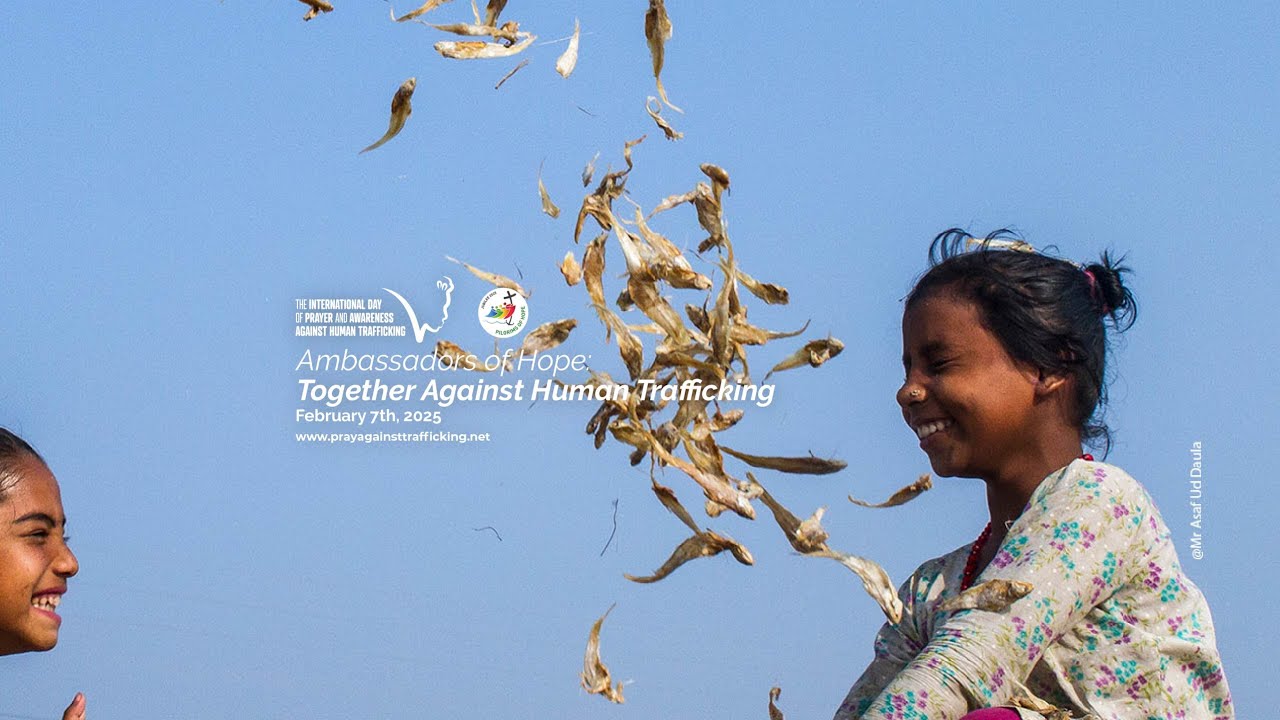
NGOCSTIP – Global Anti-Trafficking Week, observed from July 22 to 31, marks a pivotal period in the international fight against human trafficking. During this week, a wave of activism, education and survivor-led advocacy sweeps across countries. From Africa to Asia and the Americas, government agencies, NGOs and civil society come together with one powerful mission: to bring visibility to the horrors of trafficking and inspire action. Unlike past years, the 2025 campaign places survivors not just at the center of the conversation but in the spotlight as lead narrators. This strategy helps shift the perspective from mere statistics to real human experiences. Awareness is no longer just about headlines. It is about hearing real voices and confronting painful truths that are often ignored. Through forums, workshops and online campaigns, the message is clear. Human trafficking must be ended through collaboration, compassion and courageous storytelling.
This year’s Global Anti-Trafficking Week emphasizes the importance of hearing directly from those most affected. Survivors are given platforms not as passive victims but as active change-makers. Organizations like NAPTIP Nigeria collaborate with global partners to host webinars, town halls and virtual exhibitions. These events are designed not only to inform but to transform perspectives.
Community engagement drives this movement as local leaders activate schools, universities, and public spaces to support the cause. Social media overflows with survivor-led storytelling that powerfully educates audiences. This growing focus on people-centered narratives marks a breakthrough in public outreach, moving beyond policy-heavy discussions. Survivors offer unique insights that strengthen the authenticity and emotional depth of each message. Their lived experiences help shape practical and lasting solutions. Organizers and advocates now treat Global Anti-Trafficking Week not just as a campaign but as a growing movement that inspires action across all levels of society.
“Read about: Borderless Crime Meets Its Match: UN and EU Launch Bold Anti-Trafficking Alliance”
The 2025 awareness campaign showcases an unprecedented level of cross-border coordination. Governments in at least 35 countries organize synchronized events, reinforce legal frameworks, and exchange critical information. Authorities use technology to map trafficking hotspots and improve the speed and accuracy of law enforcement efforts. International partners create and distribute multilingual resources to reach vulnerable populations in their native languages. Major media outlets cover these activities extensively and help bring the conversation into mainstream public discourse. What makes this year stand out is the depth of unity among participating countries. Survivor networks and grassroots organizations build stronger international coalitions. Private companies also step in by offering pro bono legal aid, shelter, and rehabilitation services. This collective action creates a more responsive and supportive ecosystem that delivers not just awareness but direct and practical intervention. These combined efforts move the global fight against trafficking closer to true accountability and long-term prevention.
Education serves as one of the strongest tools to prevent human trafficking before it begins. This year’s campaign brings new curriculum into schools that helps students identify grooming, manipulation, and coercion. Educators use animated videos, theater performances, and digital comics to connect with young audiences creatively. Community leaders also provide adult education. Local faith groups and community centers host workshops that teach people how to recognize red flags in workplaces and neighborhoods. Public health workers receive training to detect signs of trafficking during routine care. These efforts make education both engaging and accessible, laying the foundation for lasting cultural change. Government agencies and educators collaborate to design materials that match age levels and consider trauma-related needs. As more people learn, public confidence in reporting suspicious behavior continues to rise. Families now discuss trafficking at dinner tables, and students bring those conversations into their morning assemblies.
“Read more: Born Without an Anus? The Truth About Anorectal Malformation Will Leave You Speechless”
One of the most powerful outcomes of this year’s Global Anti-Trafficking Week is the emotional impact of survivor-led narratives. These stories have been shared across every major platform including Instagram, Facebook and X. Each testimony reminds the world that behind every rescue operation is a complex journey of pain, healing and resilience. Survivor advocates are leading panels, authoring op-eds and creating art that reflects their journeys. Support groups have been formed across multiple countries, connecting individuals who once felt isolated. In doing so, survivors are not only healing themselves but empowering others to come forward. Their leadership challenges old stereotypes and brings fresh urgency to legal and social reforms. While laws and policies are critical, it is the personal bravery of these individuals that is inspiring action. Their strength is a guiding light in a struggle that still demands global attention and relentless hope.